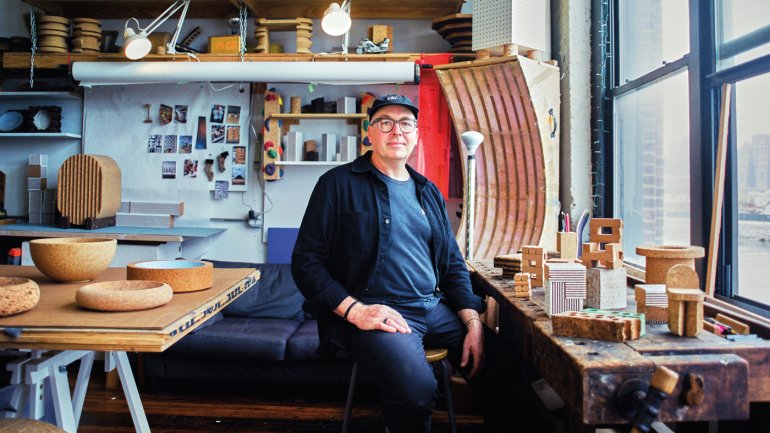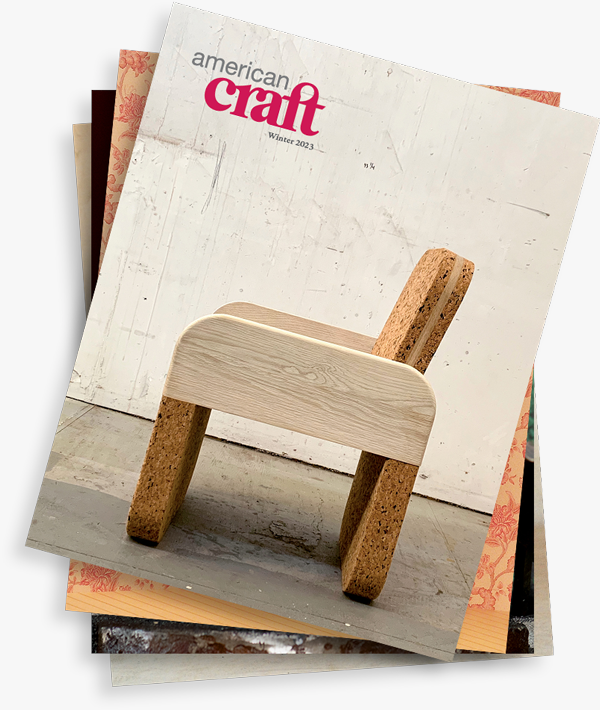Buoyant and Bold
Buoyant and Bold
“I just carve away at it like a giant shawarma,” Daniel Michalik says, gesturing at a wedge of cork in his Brooklyn, New York, studio. It’s an offcut of a massive cylinder the artist received from Portugal, home to about a third of the world’s cork forests. “I love the color, the size of the chunk,” he adds. “There’s something so warm and beautiful about the material.”
Most often encountered as wine-bottle stoppers, notice boards, or coasters, cork takes on beguiling forms in Michalik’s studio. Here, highly geometric furniture pieces and other functional home objects, from planters to wine coolers, demonstrate the material’s versatility and celebrate its natural grain and texture.
Trained in woodworking, Michalik is an enthusiastic maker of chairs, adeptly cutting and layering sheets of cork into surprisingly ergonomic supports. One stool, a block of cork with neat, horizontal slices running from curved seat to base, behaves almost like a spring, moving slightly with a user’s body as they shift. An undulating chaise lounge is made from three layers of cork sheets, each with an alternating pattern of cuts. The latticework releases the material’s flexibility—cork has a natural ability to compress and stretch—allowing Michalik to mold the long sheets into waves. The resulting S-shape can rock gently while creating a distinct material experience. “It comes into maximum contact with different parts of your body,” Michalik says. “That speaks to this haptic, psychological presence that I sense with cork. It’s soft, it’s friendly, it responds to your body. It’s never too cold, never too hot, it’s very tactile.”
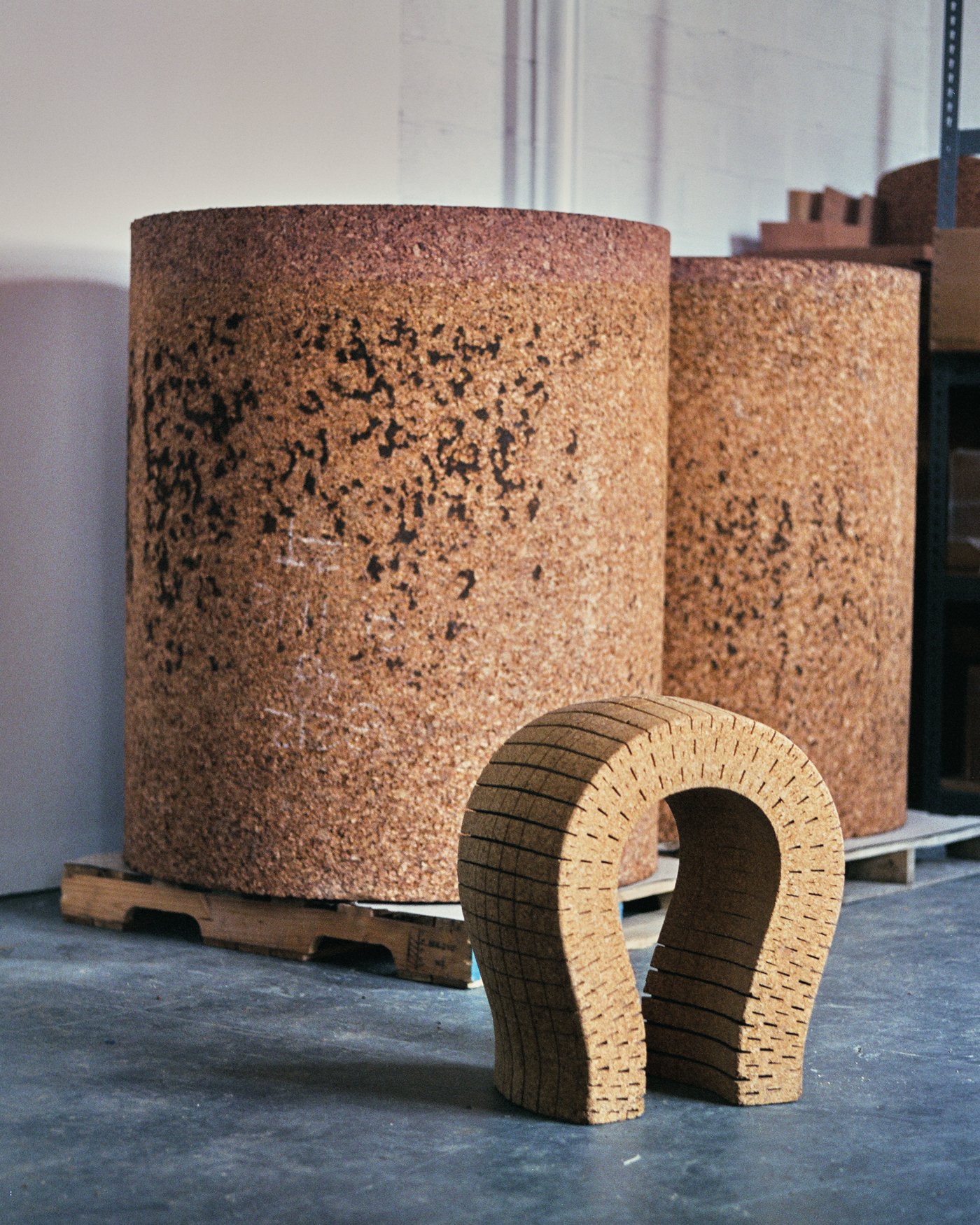
The Minhoca stool in front of solid cylinders of recycled cork in Daniel Michalik’s studio. Photo by Shravya Kag.
“It’s soft, it’s friendly, it responds to your body. It’s never too cold, never too hot, it’s very tactile.”
Daniel Michalik
The chaise lounge is an early example of Michalik unlocking cork’s vast potential. The Massachusetts native began experimenting with it about two decades ago as a graduate student in the Rhode Island School of Design’s furniture design program. He had been researching alternative materials when he chanced upon keenly priced pallets of cork. The stuff responded differently to tools such as the lathe and the band saw, inspiring Michalik to see familiar skills anew. “I felt I had stepped off of a spaceship onto a new planet,” he recalls. “It was doing things that I’d never seen done with any other furniture material before.”
Today, Michalik tends to work solely in cork, sourced from one of the world’s largest cork producers, Portugal’s Corticeira Amorim. A large portion of its harvested bark becomes wine stoppers, but the rest gets blended and cast into blocks or used as insulation. Part of cork’s appeal to Michalik is that it is recyclable, sustainable, and “ecologically positive,” as he puts it (although it still has to be shipped from Europe). “As you harvest the material, it fosters growth in the life source. The forests get stronger and more robust, and they suck more carbon out of the atmosphere.”
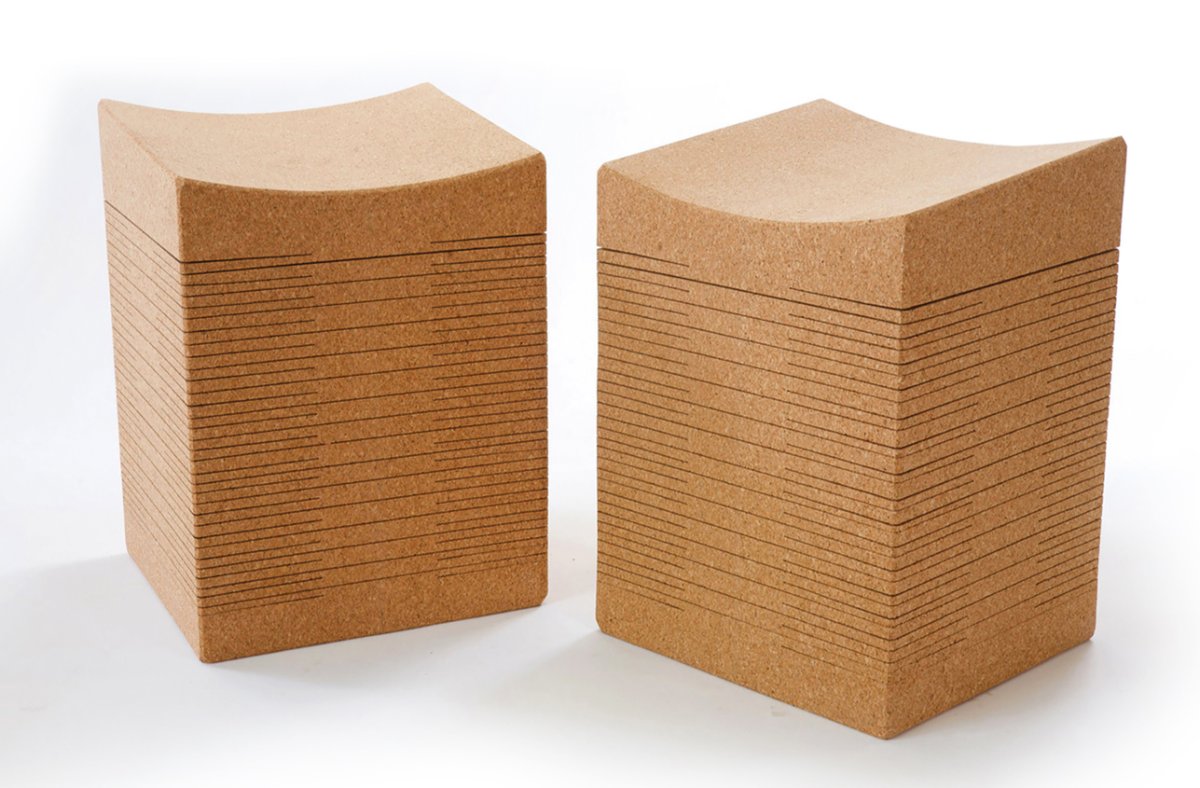
The Sway Stool, 20 x 14.5 x 13.5 in., is made from a single block of recycled cork. The patterns cut into all four sides allow the stool to rock and pivot, responding to the movements of the sitter. Photo by Sam Hollenshead.
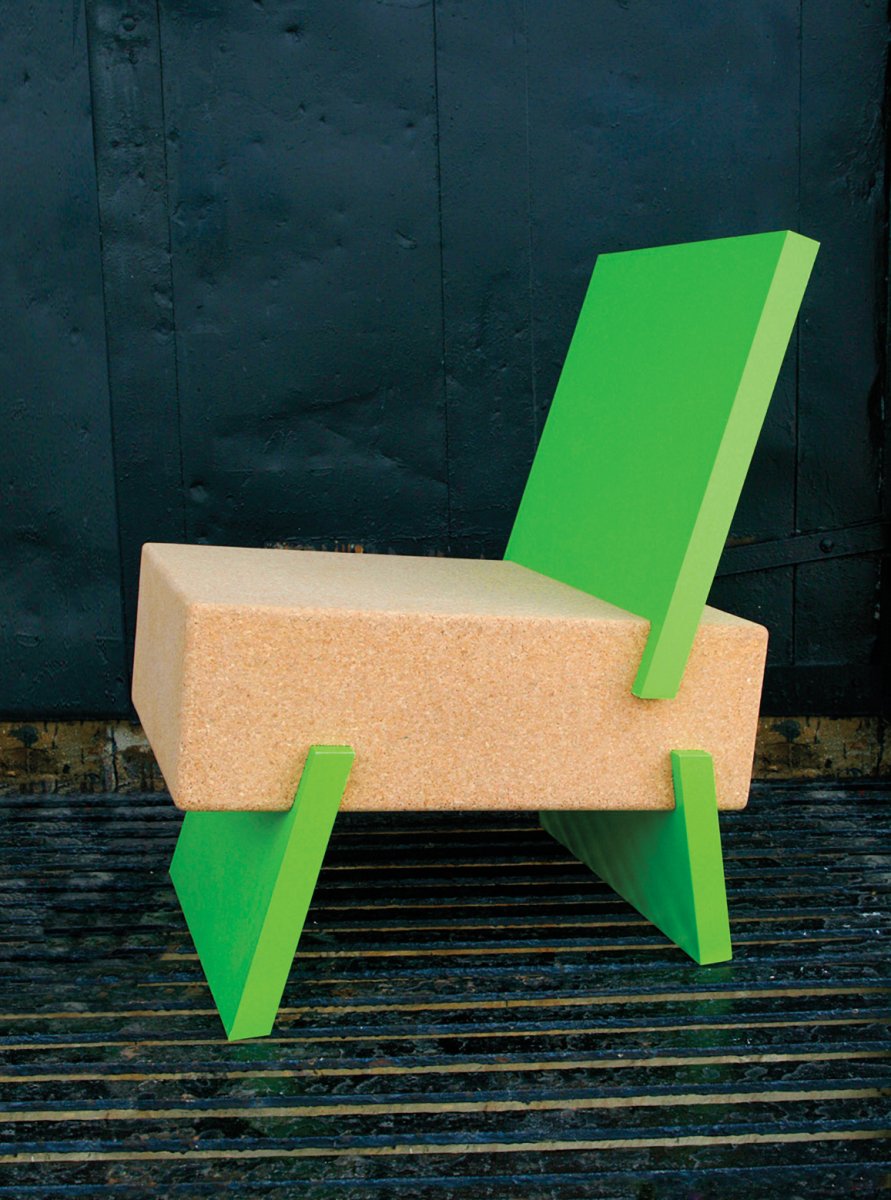
Michalik’s recycled cork and plywood 3/1 Chair, 30 x 20 x 24 in. Photo by Daniel Michalik.
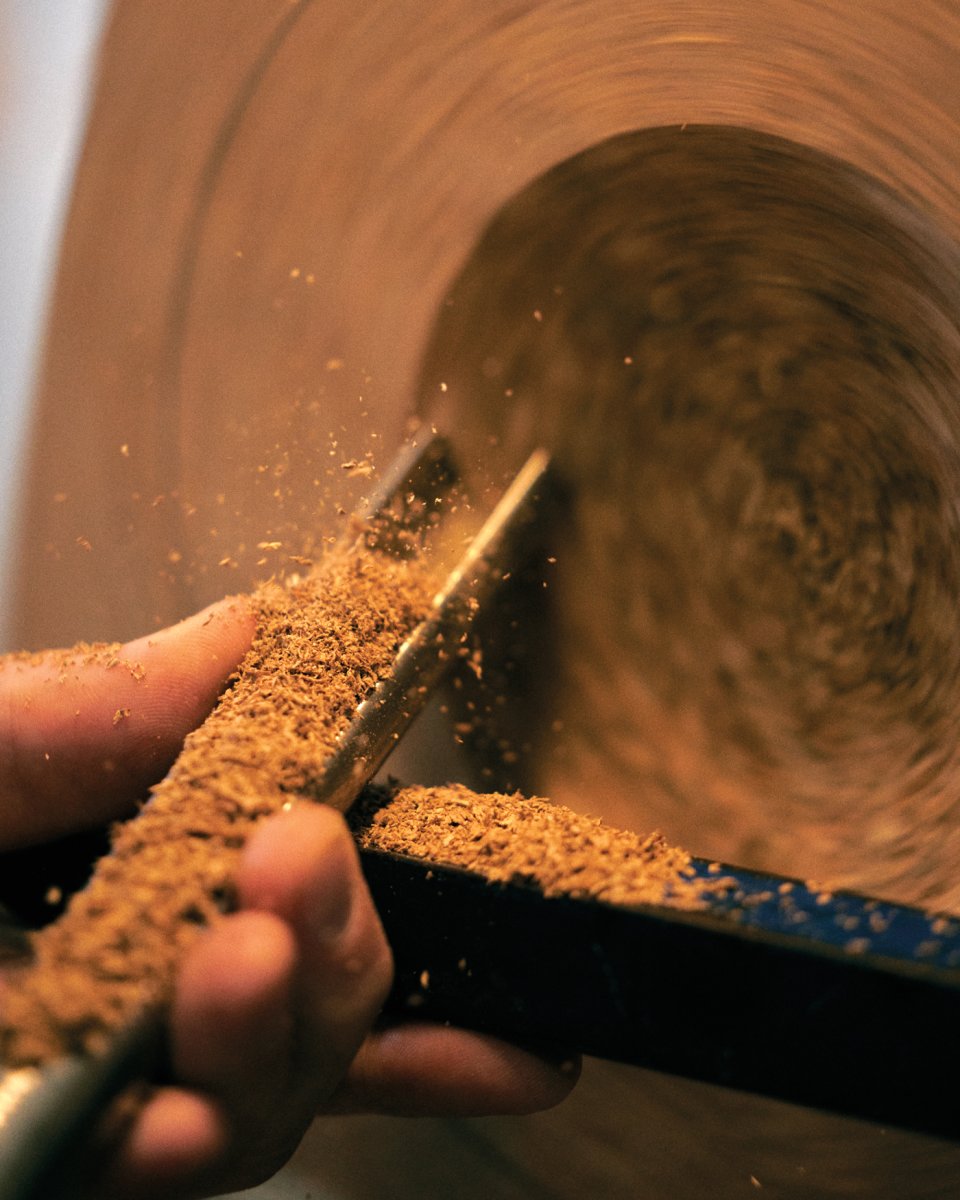
Michalik turns cork on a lathe in his studio. Photo by Shravya Kag.
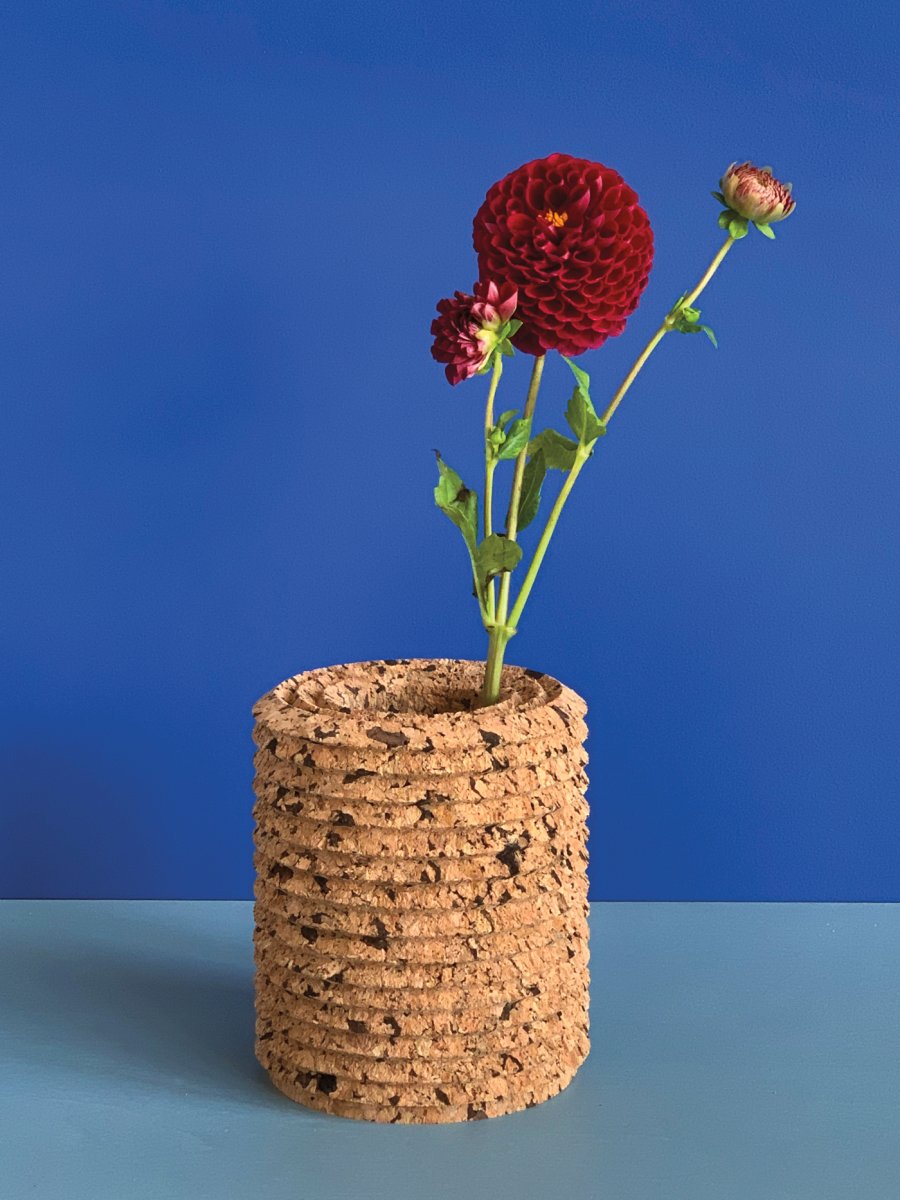
This vase, 10 x 6 in., reveals texture within the cork. Photo by Daniel Michalik.
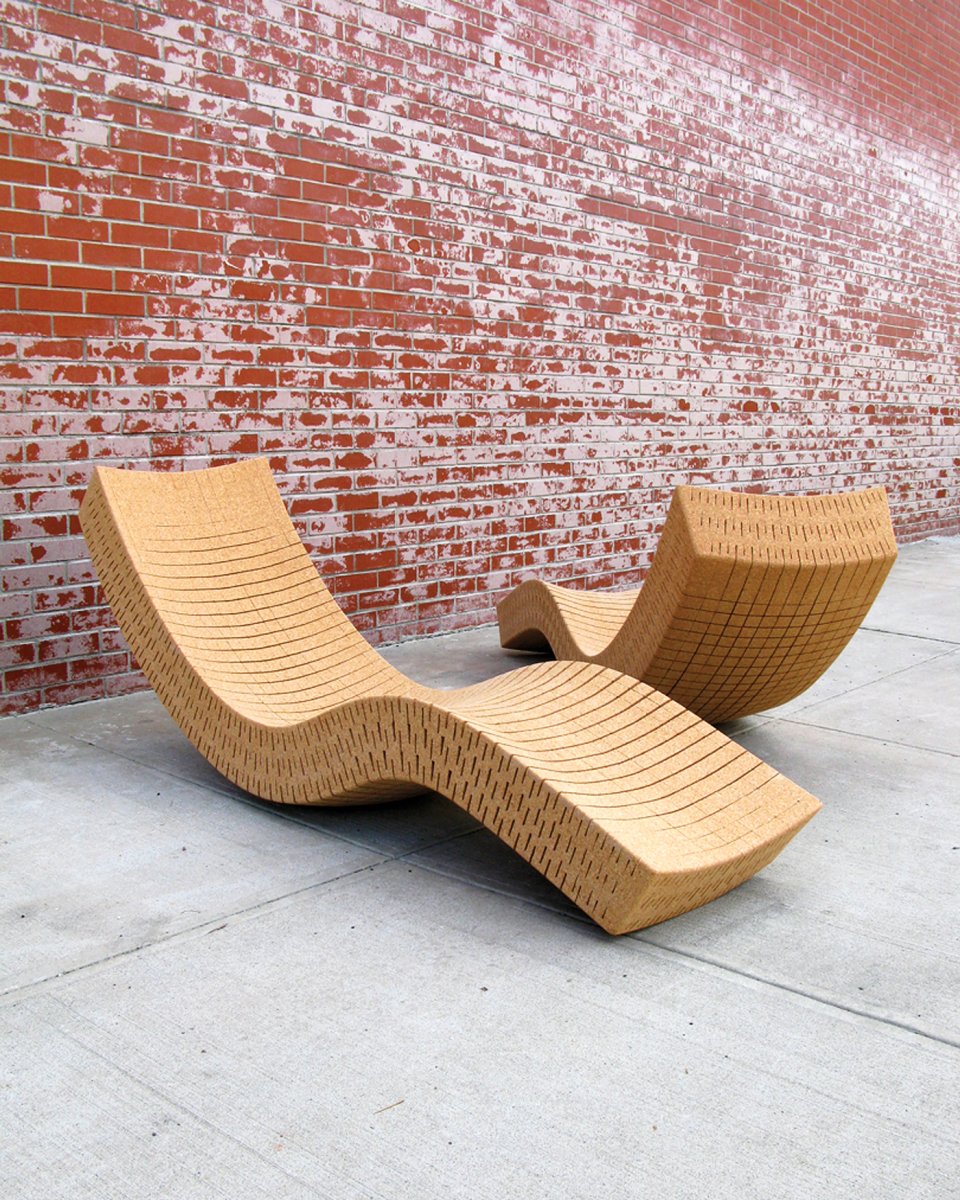
Michalik says the design of these recycled cork Cortiça chaise lounges—26 x 20 x 74 in.—allow “for gentle rocking both side to side and front to back, providing a sense of effortless floating.” Photo by Daniel Michalik.
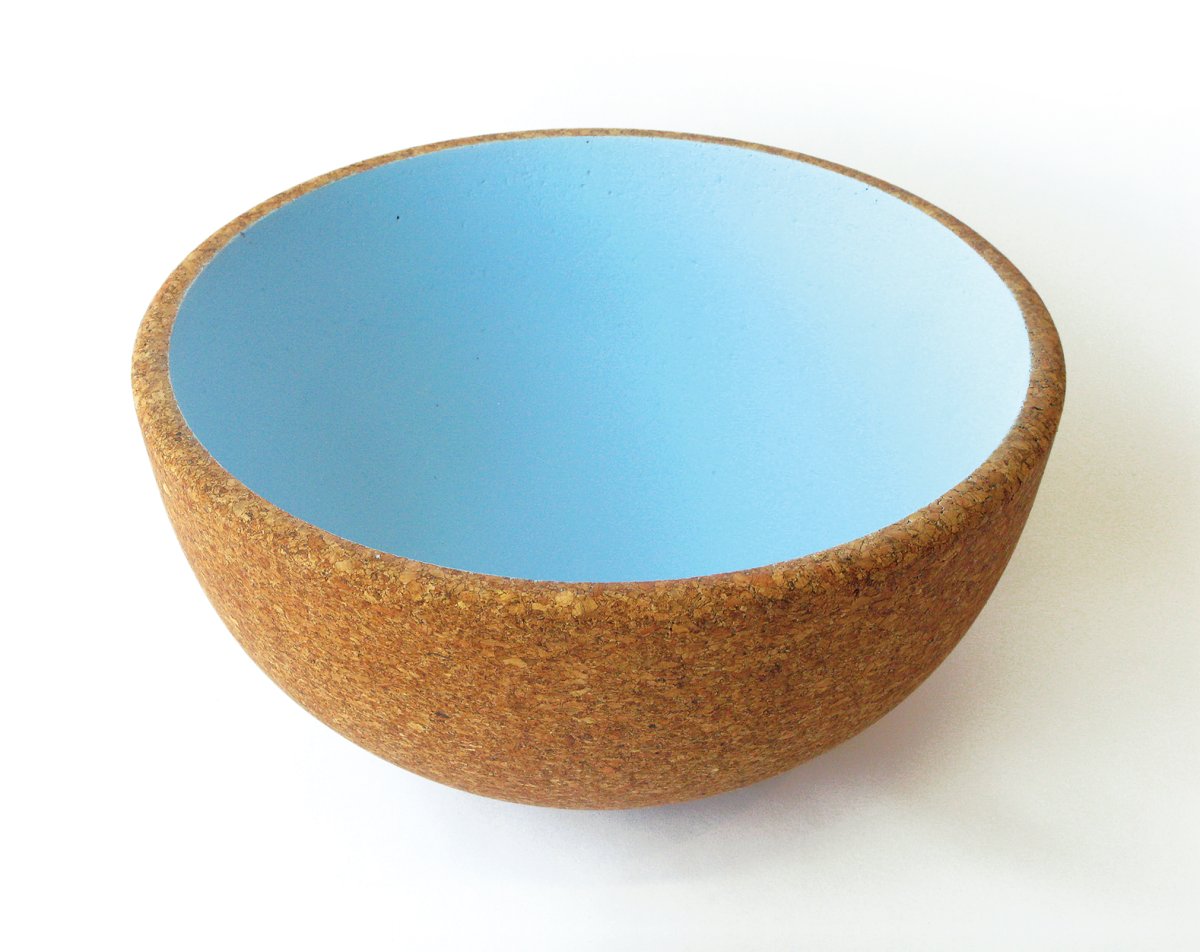
Praia Bowl, 6 x 12 in. Photo by Daniel Michalik.
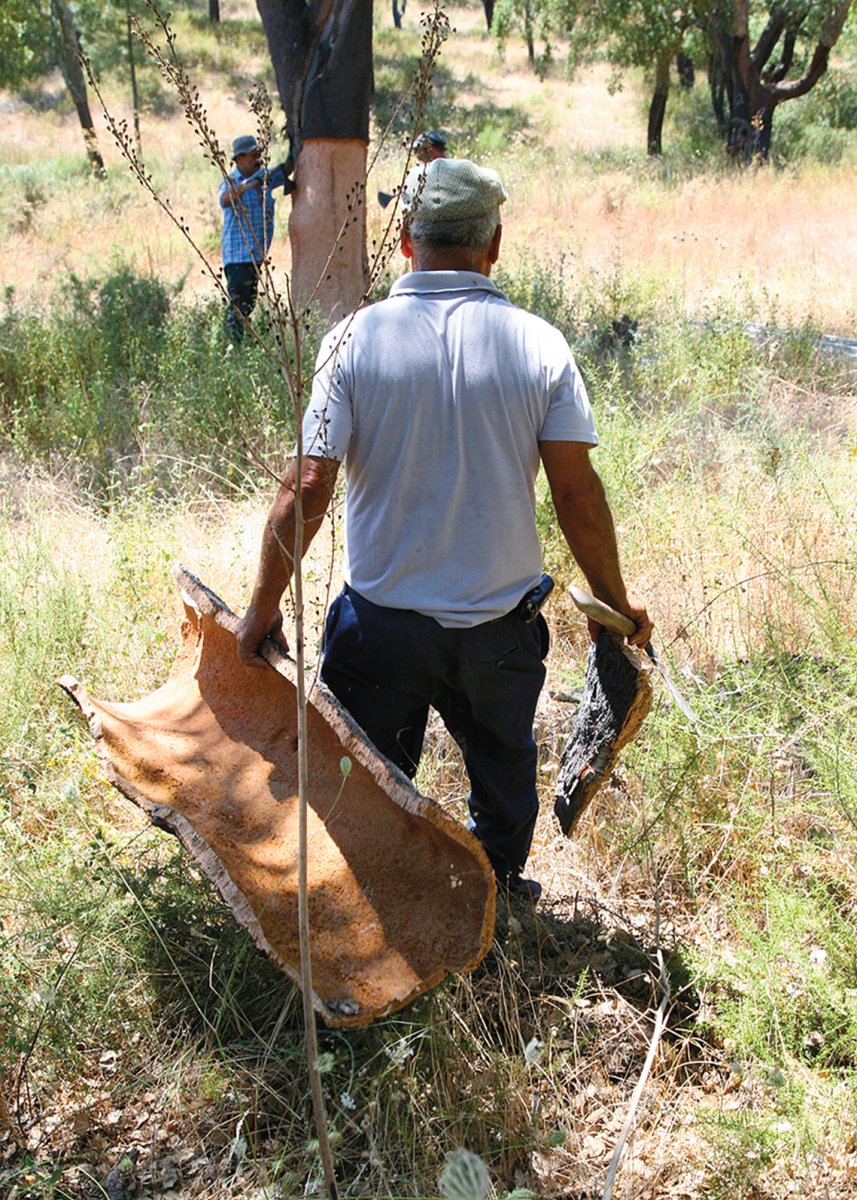
Harvesting cork in Portugal, which is home to the majority of the world’s wild cork oak forests. Photo by Daniel Michalik.
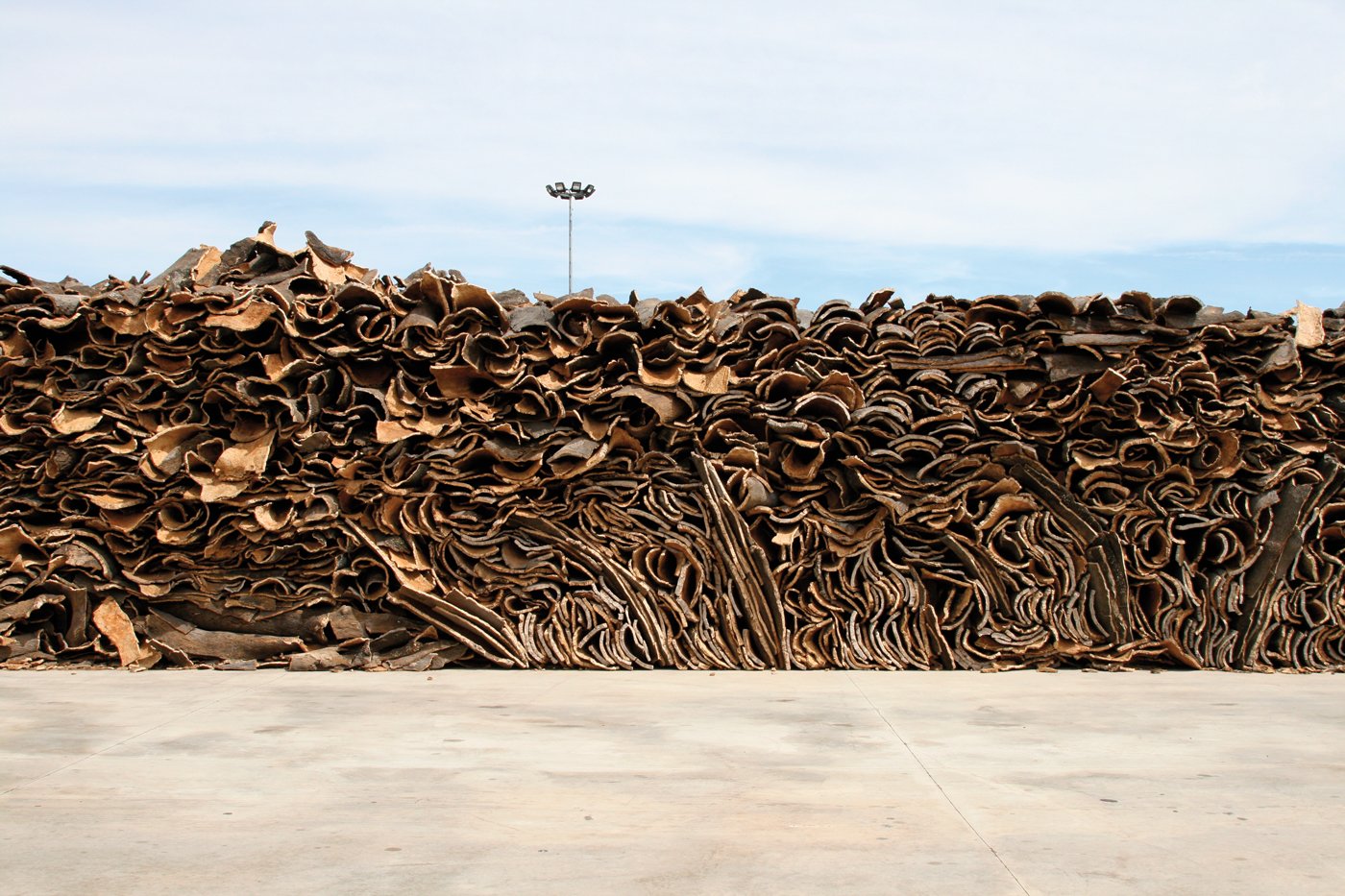
A stack of recently harvested cork bark in southeastern Portugal. Photo by Daniel Michalik.
“I felt I had stepped off of a spaceship onto a new planet. It was doing things that I’d never seen done with any other furniture material before.”
Daniel Michalik
The material is also hardy—ideal for objects designed to last and “take on the everyday life of people who live with them,” Michalik says. It’s weatherproof, and scuffs and stains are easily wiped off. Sanding and gluing can often fix breakage, and Michalik has even repaired chairs interpreted by cats as scratching posts. Over time, each piece will also develop a unique patina.
Using cork makes sense, especially as environmental concerns heighten the criticism of fast furniture, and Michalik has noticed a surge in its popularity in architecture and design. “It goes back to this need to return to the Earth that we all feel right now,” he speculates. He hopes to build on this interest by publishing a book that compiles his research into the history and agriculture of cork, and that proposes it as a model material for reimagining craft and design. “If we think more about the effects that our spaces have on our bodies, we can be more mindful in how we use and take care of those objects,” he says. “Because they’re better for us physically and psychologically, and they’re better for the systems of life on Earth.”
Discover More Inspiring Artists in Our Magazine
Become a member to get a subscription to American Craft magazine and experience the work of artists who are defining the craft movement today.


